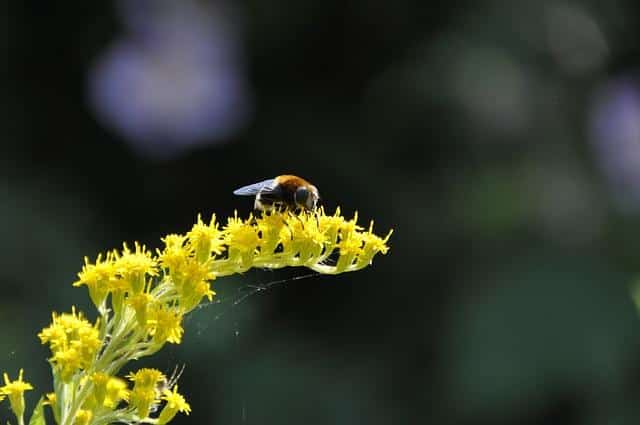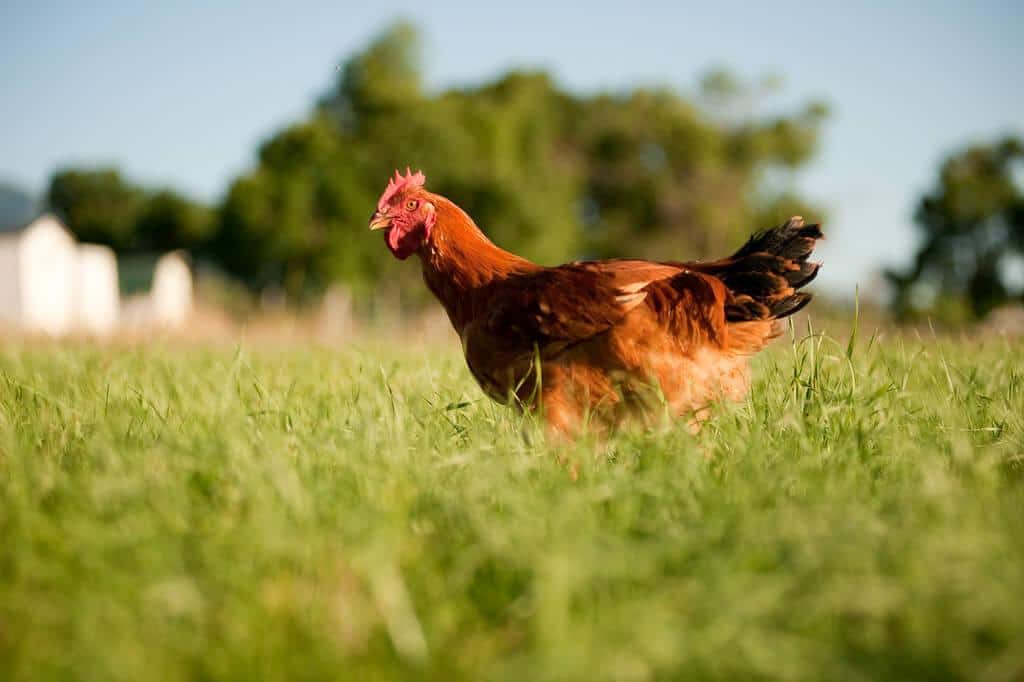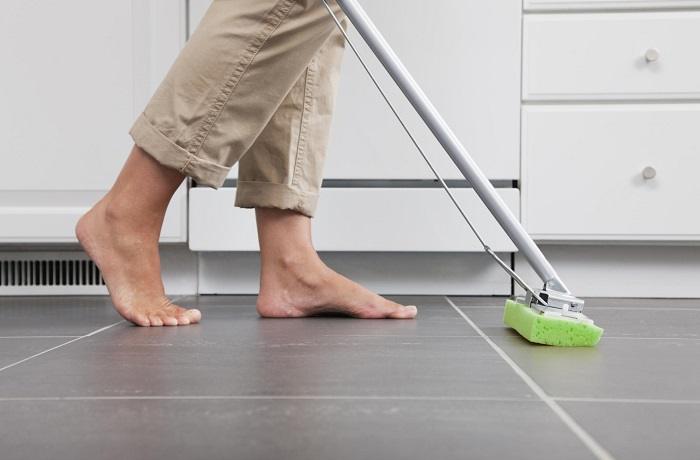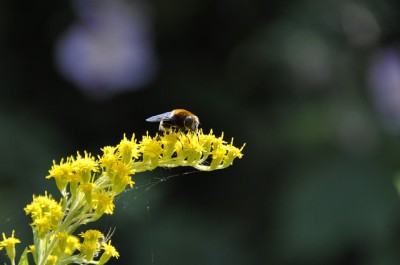
You may think goldenrod is good for nothing more than causing allergy flare-ups and looking pretty. But what is simply an annoying weed to many actually has a long history of being a healthy, medicinal plant.
In fact, goldenrod tea was popular in colonial times and replaced the tea from England after the Boston Tea Party. They called it “Liberty Tea.” Thomas Edison discovered you could make rubber from goldenrod. It naturally excretes rubber. Goldenrod is not used now because synthetic rubber became popular during World War 11 (although goldenrod rubber lasts longer.)
Let’s take a look at goldenrod, its uses and benefits.
About Goldenrod
There are more than 100 species of Goldenrod. It is a native, North American plant, although some species can be found in South America as well. The many species can be hard to distinguish, as they all have bright, yellow flowers.
Goldenrod is a perennial that grows two to five feet tall. It has long hairy stems and narrow, dark green leaves that alternate on the stem. It likes sandy soil, but obviously will do well in just about any fertile ground, and in either full or partial sun. Goldenrod has lanced leaves, big yellow flowers and grows in fields and other open areas.
New “Survival Herb Bank” Gives You Access to God’s Amazing Medicine Chest
It grows quickly and is often blamed for allergy symptoms. But really, goldenrod is not to blame for the autumn allergy woes of many, as its pollen is too heavy to blow around easily. The real culprit is usually ragweed, which often grows near and looks similar to goldenrod but with more whitish or pale green blooms. To know for sure, hold one of the leaves up to the light – goldenrod should appear as though it has tiny pinholes throughout.
Goldenrod smells a lot like licorice when it is ground up or crushed. There are many types of goldenrod, but if you use it for teas, use the type that smells like anise. You can gather the leaves at any time, but if you want the flowers, pick them in late summer or autumn.
Uses of Goldenrod
Leaves and blossoms are used in herbal remedies, such as cough syrups and poultices. You can add goldenrod seeds to soup to thicken. Other uses are:
- salves
- teas
- tinctures
- infused oil
- dried flowers and leaves
It can help lower cholesterol, and it clears respiratory inflammation and helps heal congestion and colds.
Drying Goldenrod
- Lay flower heads out on a clean cloth or plate.
- Break any large sections to form a single layer.
- As an alternative, you can also hang the goldenrod for the drying process.
- Leave for a few days. This can take up to a week.
- When dry, place in a jar or container for storage.
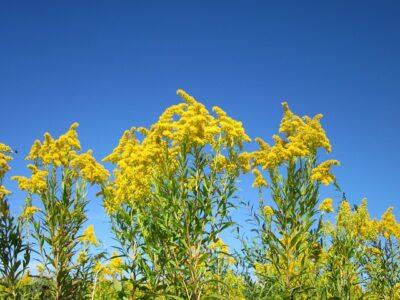
The dried leaves or flowers will last from nine months to a year. If the color noticeably fades, it is done.
Goldenrod Tea
- Add two tablespoons of fresh flowers (or leaves) to one cup of water. For dry flowers, use one teaspoon of flowers to one cup of water.
- Cover and let steep for 15 to 20 minutes.
- Sweeten to taste with honey.
This tea will act as a diuretic and can help clear bladder infections. If you are already taking medication for kidneys, bladder infection or a diuretic, goldenrod tea may not be good for you.
Fast, All-Natural Pain Relief With No Nasty Side Effects!
Pick the flowers for tea during flowering time, but before they are fully open. By picking at this time you can have tea with a less “green taste.”
Note: There is a toxic fungus that can grow on the leaves of this plant. It will poison the tea if you use infected leaves. Make sure the leaves are clean and healthy before use.
Tincture
- Fill a jar with 1/2 to 3/4 of fresh goldenrod flowers. If you prefer dried flowers, fill the small jar 1/4 to 1/2 full.
- Pour alcohol (brandy or vodka works best) into jar until full.
- Cap container tightly.
- Store out of sun for four to six weeks.
- Strain.
The tincture will last about a year. The dose depends on the age and size of the individual. It can be about five drops, mixed with honey, up to 30 drops. This is done three to five times a day.
Goldenrod Infused Oil
- Fill a jar 1/4 to 1/2 full with dried leaves or flowers.
- Pour your choice of olive, almond or sunflower oil, into jar and fill it up.
- Cap jar and store in a dark place for up to six weeks.
- Strain and use.
Goldenrod Salve
- 100 grams or 3.5 ounces of goldenrod infused oil.
- 14 grams or 0.5 ounces of beeswax.
- Place beeswax and oil together in a jar.
- Place jar in a pan with two inches of water. This will act like a boiler.
- Heat oil and beeswax together on medium heat until all is melted.
The next time you see goldenrod growing by the road, remember the benefits and many uses it provides for us. It is a pretty and healthy plant for animals and people. Goldenrod is so much more than just a weed!
Do you use goldenrod? How so? Share your tips in the section below:


